| Lunch |
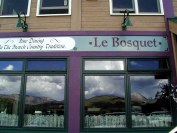
| Le Bosquet: Fine Dining in the French Country Tradition | |

| Vic, the outgoing mayor | |

| On the menu | |
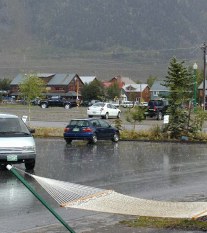
| When we got out of lunch | |

| Hail on hood of a car | |
| Nathan Shedroff |
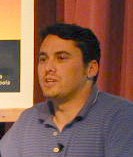
| Nathan Shedroff | |
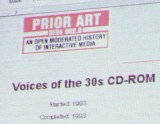
| Prior Art web site | |
| John Jay Koriath |
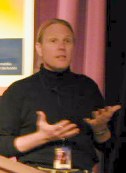
| John Jay Koriath | |
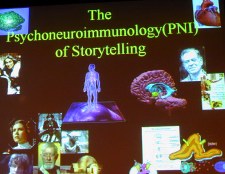
| Title slide, so I could remember the term | |
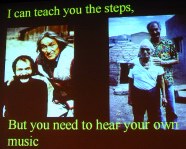
| Doctor and old man | |
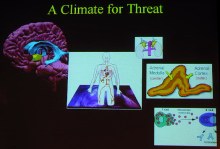
| How the biology works | |
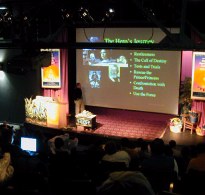
| The Hero's Journey | |
| What happened after I left |
| Our trip home |
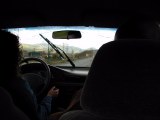
| Car to Gunnison | |
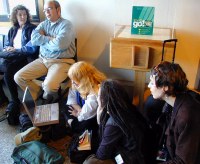
| Around Ken's computer | |
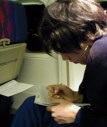
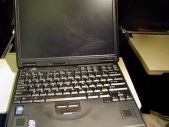
| Leili filling out an airline questionaire and my laptop on the tray table | |
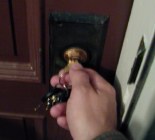
| Key in door, home at last! | |
| That's it! I've boiled down some of what I learned in "What I learned", and there are other stories you can read, such as about how I put this together and the trip to Crested Butte, and even stuff about Crested Butte itself. Explore the pages in the map at the top of the page or the list on the home page. |